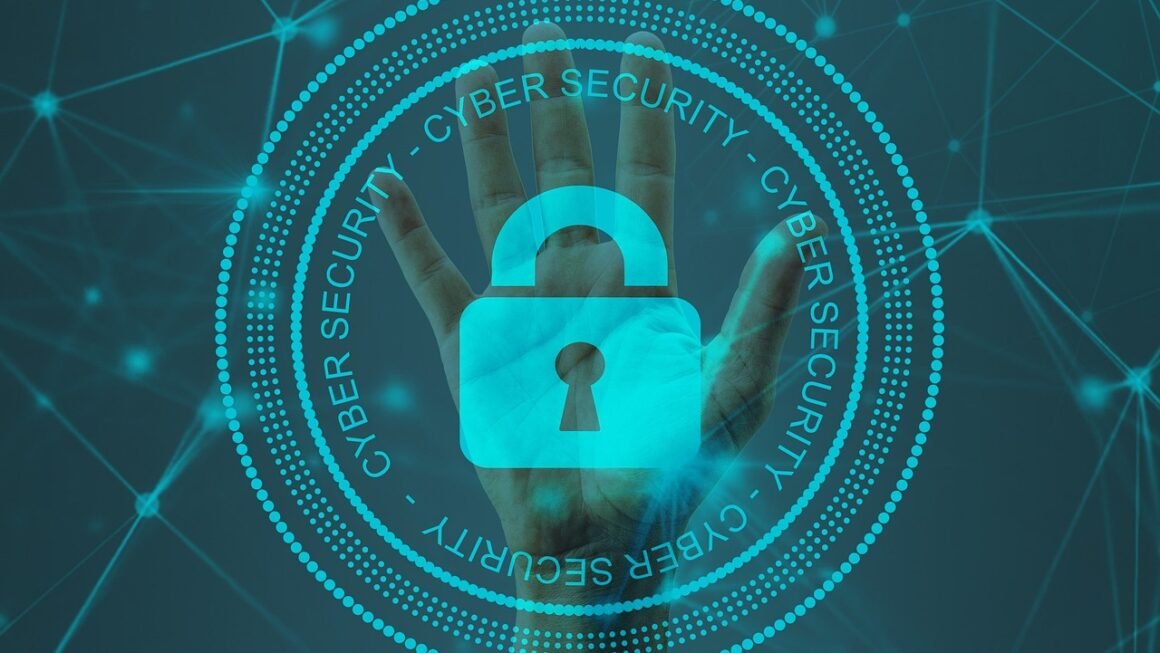Authentication – it’s the digital handshake, the virtual bouncer at the door of your online accounts and applications. In a world increasingly reliant on digital interactions, understanding authentication is no longer optional, but a fundamental aspect of cybersecurity and user experience. From simple passwords to sophisticated biometric methods, authentication mechanisms are crucial for verifying identity and safeguarding sensitive information. Let’s delve into the world of authentication, exploring its various forms, benefits, and best practices to help you navigate the complex landscape of digital security.
What is Authentication?
Defining Authentication
Authentication is the process of verifying the identity of a user, device, or system attempting to access a resource. It answers the question, “Are you who you claim to be?” This process typically involves providing credentials, such as a username and password, to prove identity. Successful authentication grants access, while failure denies it.
Why Authentication Matters
Authentication is the cornerstone of digital security. Without it, anyone could potentially gain access to your accounts, data, and systems. Effective authentication mechanisms protect against:
- Unauthorized access to sensitive data
- Identity theft and fraud
- Data breaches and security incidents
- Compromised systems and applications
According to a Verizon 2023 Data Breach Investigations Report, stolen credentials remain a primary cause of data breaches, underscoring the critical importance of robust authentication practices.
Authentication vs. Authorization
It’s important to differentiate authentication from authorization. While authentication verifies identity, authorization determines what a user is allowed to do once they are authenticated. Think of authentication as showing your ID (proving you are who you say you are), and authorization as the permissions granted based on that ID (e.g., access to certain files or systems). One comes after the other. You must first be authenticated before the system decides what you’re authorized to do.
Types of Authentication Methods
Password-Based Authentication
This is the most common, and arguably the weakest, form of authentication. It relies on users creating and remembering passwords. While ubiquitous, password-based authentication is vulnerable to:
- Brute-force attacks
- Phishing scams
- Password reuse across multiple accounts
- Weak or easily guessable passwords
Best Practices:
- Enforce strong password policies (length, complexity, uniqueness).
- Encourage the use of password managers.
- Regularly rotate passwords.
- Implement multi-factor authentication (MFA) for an added layer of security.
Multi-Factor Authentication (MFA)
MFA adds additional layers of security beyond just a password. It requires users to provide two or more verification factors from different categories:
- Something you know: Password, PIN, security questions
- Something you have: Security token, smartphone, smart card
- Something you are: Biometric data (fingerprint, facial recognition, voice recognition)
Example: Logging into your bank account might require your password (something you know) and a verification code sent to your smartphone (something you have).
MFA significantly reduces the risk of unauthorized access, even if a password is compromised. Studies show that MFA can block over 99.9% of account compromise attacks.
Biometric Authentication
Biometric authentication uses unique biological characteristics to verify identity. Common methods include:
- Fingerprint scanning: Using fingerprint recognition for access.
- Facial recognition: Identifying users based on facial features.
- Voice recognition: Verifying identity through voice patterns.
Biometrics offer a high level of security and convenience, but they also raise privacy concerns about the collection and storage of sensitive biometric data.
Certificate-Based Authentication
Certificate-based authentication uses digital certificates to verify the identity of users, devices, or applications. A digital certificate is an electronic document that contains information about the entity it identifies, as well as the digital signature of a Certificate Authority (CA) that vouches for the accuracy of the information. This is commonly used in SSL/TLS to secure websites but can also be used for client-side authentication.
How it works:
- A user requests a digital certificate from a CA.
- The CA verifies the user’s identity and issues a certificate.
- When the user attempts to access a resource, they present their certificate.
- The resource verifies the certificate with the CA and grants access if valid.
This method is more secure than password-based authentication but requires a more complex infrastructure for managing certificates.
Implementing Secure Authentication
Choosing the Right Method
The best authentication method depends on various factors, including:
- Sensitivity of the data being protected: More sensitive data requires stronger authentication.
- User experience: Balancing security with ease of use.
- Cost: Implementing and maintaining different authentication methods can vary in cost.
- Regulatory compliance: Specific industries may have regulatory requirements for authentication.
Best Practices for Implementation
Here are some best practices for implementing secure authentication:
- Use strong and unique passwords: Encourage users to create complex passwords that are not reused across multiple accounts.
- Implement multi-factor authentication (MFA): Add an extra layer of security beyond just a password.
- Regularly update authentication systems: Patch vulnerabilities and keep systems up to date.
- Monitor for suspicious activity: Detect and respond to potential security breaches.
- Educate users about security risks: Train users on how to identify and avoid phishing scams and other threats.
- Implement rate limiting on login attempts: This can help prevent brute-force attacks.
Role-Based Access Control (RBAC)
RBAC is an authorization mechanism, but is often implemented in conjunction with authentication. It assigns permissions to users based on their role within the organization. This ensures that users only have access to the resources they need to perform their job functions, reducing the risk of unauthorized access and data breaches.
The Future of Authentication
Passwordless Authentication
Passwordless authentication is gaining popularity as a more secure and user-friendly alternative to traditional passwords. It eliminates the need for users to remember and manage passwords by using other verification methods, such as:
- Biometrics: Fingerprint scanning, facial recognition.
- Magic links: One-time links sent to a user’s email or phone.
- Push notifications: Confirming login attempts through a mobile app.
- Security keys: Physical devices that generate cryptographic codes.
Passwordless authentication offers several benefits:
- Improved security: Eliminates the risk of password-related attacks.
- Enhanced user experience: Simplifies the login process.
- Reduced IT support costs: Less password reset requests.
Decentralized Identity
Decentralized identity (DID) is an emerging technology that gives individuals more control over their digital identities. With DIDs, users can create and manage their identities independently of centralized authorities, such as governments or corporations. This can improve privacy, security, and portability of digital identities.
DIDs are based on blockchain technology and use cryptographic keys to verify identity. Users can selectively share information about themselves with different parties, without revealing their entire identity. This can be particularly useful for online transactions, social media, and other digital interactions.
Conclusion
Authentication is a critical component of digital security that verifies the identity of users, devices, and systems. By understanding the different types of authentication methods and implementing best practices, you can protect your accounts, data, and systems from unauthorized access and security breaches. As technology evolves, passwordless authentication and decentralized identity are poised to revolutionize the way we manage and secure our digital identities, offering improved security, user experience, and privacy. Embracing these advancements is essential for navigating the ever-changing landscape of digital security. Implementing a comprehensive authentication strategy is an investment in trust, security, and the overall integrity of your digital ecosystem.



